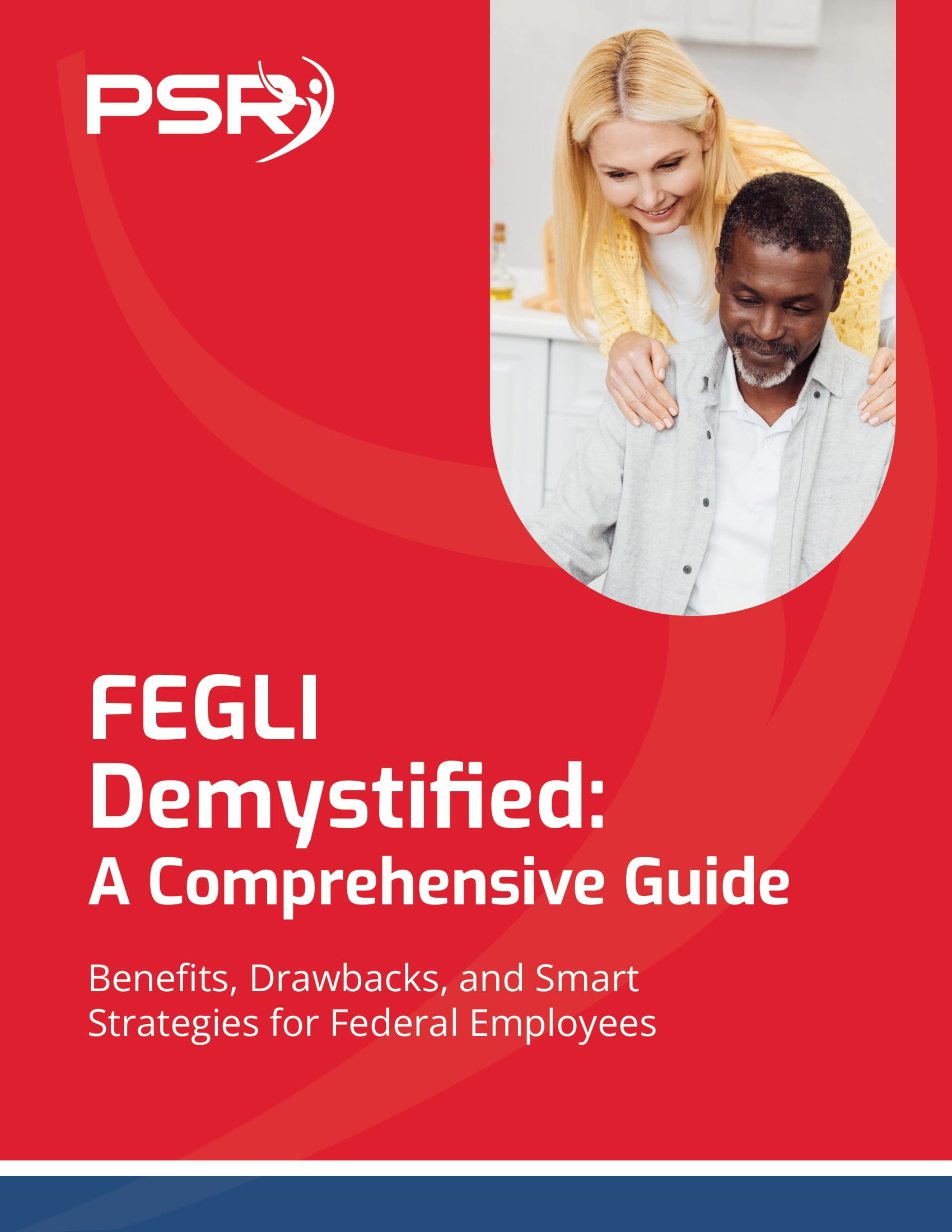Key Takeaways
-
FEGLI’s various options allow you to tailor your life insurance coverage to your needs, potentially saving you significant amounts over time.
-
Understanding the nuances of FEGLI can help you avoid costly mistakes and maximize its value during retirement.
Why FEGLI Matters for Your Financial Future
As a federal employee or retiree, the Federal Employees’ Group Life Insurance (FEGLI) program is a crucial part of your benefits package. While many know it provides life insurance, fewer understand how its features and options can help save money, particularly as you approach retirement. Here’s what you need to know to make the most of FEGLI.
Breaking Down FEGLI’s Coverage Options
- Also Read: FAA, Law Enforcement, and Special Federal Employee Categories—Here’s What Makes Their Retirement Unique
- Also Read: Blending Private and Public Sector Retirement Plans Is Complicated—Here’s Where Couples Get It Wrong
- Also Read: The Silent Shift in Postal Service Retirement Benefits That Could Change Everything by 2026
-
Basic Coverage: Automatically provided unless you opt out, this offers straightforward life insurance based on your salary plus $2,000. The government covers a significant portion of the premium while you pay the rest.
-
Option A (Standard): Adds $10,000 to your Basic Coverage, useful for those seeking minimal additional coverage.
-
Option B (Additional): Allows you to choose coverage equal to one to five times your annual salary, offering flexibility for those with higher financial obligations.
-
Option C (Family): Covers your spouse and eligible children, giving peace of mind for family-oriented needs.
By understanding the scope of these options, you can adjust your coverage to avoid overpaying for unnecessary benefits.
FEGLI Premiums: What to Expect
FEGLI premiums increase significantly as you age, especially for Options B and C. While Basic Coverage premiums remain steady during your federal service, they change after retirement if you decide to keep the coverage. Here are some factors to keep in mind:
-
Age Brackets: Premiums are divided into age brackets that increase every five years. If you’re nearing retirement, it’s important to evaluate whether maintaining higher-cost options like B or C is financially viable.
-
Post-Retirement Changes: After retirement, you can choose the 75% reduction, 50% reduction, or no reduction for Basic Coverage. Selecting the 75% reduction significantly lowers your premiums, as the benefit gradually decreases to 25% of its original value after age 65.
-
Cost Comparisons: While FEGLI provides a convenient option, exploring supplemental life insurance outside the program may reveal more cost-effective solutions for those with ongoing coverage needs.
Customizing FEGLI for Maximum Savings
Tailoring your FEGLI coverage to your circumstances is one of the best ways to save money. Here’s how you can do it:
Reassess Your Coverage Regularly
Your life insurance needs change over time. For instance, if your mortgage is paid off or your children are financially independent, you may not need as much coverage. Review your coverage during life events like marriage, divorce, or retirement to ensure it aligns with your needs.
Use the FEGLI Calculator
The Office of Personnel Management (OPM) provides an online FEGLI calculator to help estimate your premiums and benefits. This tool is invaluable for understanding how different options will affect your paycheck or annuity.
Consider Reducing Coverage
If you’re looking to save money, reducing your Option B multiples or dropping Option C altogether could make a big difference. However, make sure you’re not underinsured—assess whether your Basic Coverage is sufficient to meet your family’s needs.
FEGLI in Retirement: What You Need to Know
Once you retire, your FEGLI coverage transitions into annuitant status. Here’s how it changes:
-
Basic Coverage: You can choose the 75%, 50%, or no reduction option. Each choice impacts both your premiums and the final benefit amount.
-
Option A: Coverage continues at no cost after age 65, making it a cost-effective choice for retirees.
-
Option B and C: These options can become prohibitively expensive as premiums rise with age. Dropping or reducing these coverages may be more practical during retirement.
It’s worth noting that once you drop any part of your FEGLI coverage after retirement, you cannot reinstate it.
Alternatives to FEGLI
While FEGLI is convenient, it’s not always the most affordable life insurance option for retirees. Consider the following alternatives:
-
Private Life Insurance: For those in good health, private life insurance policies can offer comparable coverage at a lower cost.
-
Self-Insurance: If you’ve accumulated significant savings or investments, you may not need as much life insurance. Self-insuring allows you to rely on your assets to cover expenses.
Evaluating these alternatives can help you decide whether to maintain your FEGLI coverage or seek other options.
Common Pitfalls to Avoid
Navigating FEGLI can be complex, and mistakes can be costly. Avoid these common pitfalls:
-
Keeping Excess Coverage: Holding on to unnecessary multiples of Option B or C can drain your finances over time. Regularly evaluate your needs to avoid over-insuring.
-
Ignoring Premium Increases: Many retirees are surprised by the steep rise in premiums as they age. Understanding the cost trajectory can help you plan better.
-
Failing to Plan for Retirement: Many employees neglect to reevaluate their FEGLI coverage when transitioning to retirement. Take the time to make informed decisions about which options to keep.
How FEGLI Works with Other Benefits
FEGLI integrates with other federal benefits to provide comprehensive coverage. Here’s how:
-
Survivor Benefits: If you elect a survivor annuity, your FEGLI payout can provide additional financial support to your beneficiaries.
-
Thrift Savings Plan (TSP): Your TSP savings can supplement your life insurance benefits, reducing the need for higher FEGLI coverage.
-
Social Security: For retirees receiving Social Security benefits, FEGLI can complement these payments by providing a lump sum to your dependents.
Understanding these interactions can help you make more strategic decisions about your overall retirement plan.
What You Should Do Next
If you’re approaching retirement or recently retired, take these steps to optimize your FEGLI coverage:
-
Review Your Current Coverage: Use the FEGLI calculator to understand your premiums and benefits.
-
Assess Your Needs: Determine how much coverage you actually need based on your financial situation and family obligations.
-
Explore Alternatives: Compare FEGLI to private life insurance options to see if you can save money.
-
Make Informed Decisions: Consult with a financial advisor or benefits specialist to ensure you’re making the best choices for your circumstances.
Make the Most of Your FEGLI Coverage
FEGLI is a valuable benefit, but it requires careful planning to ensure it’s serving your needs without costing more than necessary. By understanding the program’s options and making informed decisions, you can save money and provide security for your loved ones. Don’t leave it to chance—take control of your life insurance today.













